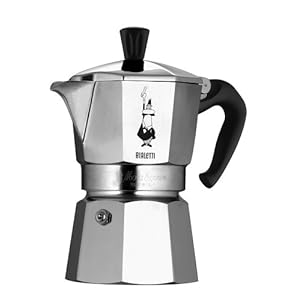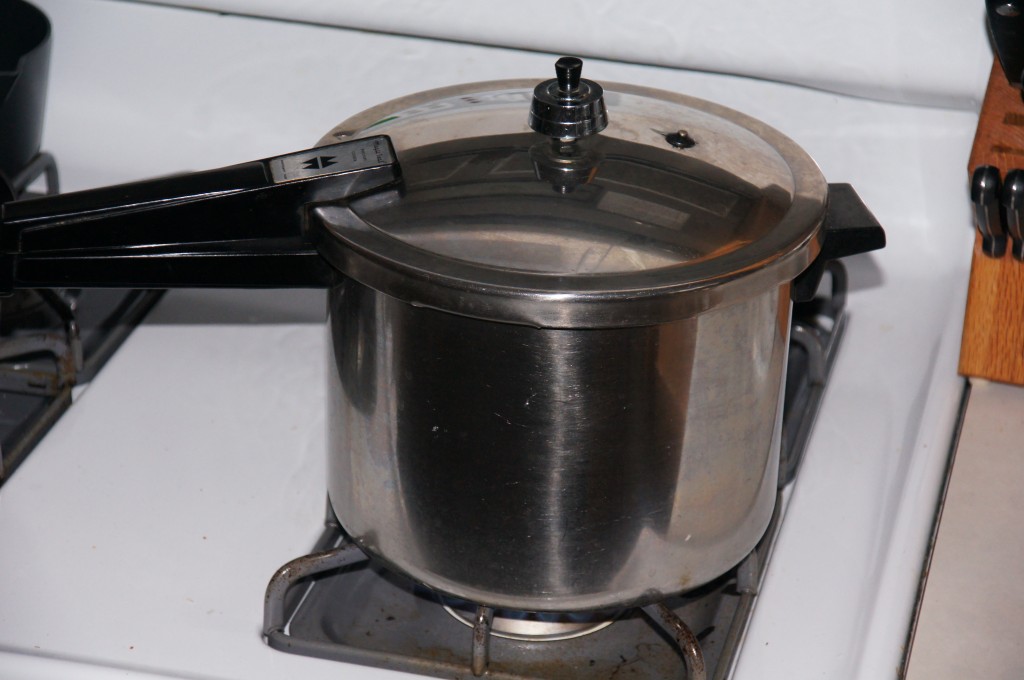A multitouch table is a computer with a large display that can detect multiple fingers and or objects that are touching the display. Each of these fingers/objects can be tracked by the computer and used to control the software. Think Minority Report.
Imagine being able to play board games without having to waste time setting up and putting away the game, without having to have a ‘banker’, without misinterpreted rules. Or imagine playing computer games where your team or opponents are sitting around the table with you. Currently, the price of these systems put them outside the mainstream, but as the technology improves, I think they will be adopted by more and more people.
William has been in the market for a multitouch table for a long time and has considered several options.
- Projector and web-cam with acrylic screen
- Microsoft Surface and Surface 2
- Multitouch monitor
- IR sensor
Each of the options above has some advantages and disadvantages:
The projector/web-cam approach is what he considered first because it allows a large screen while keeping the cost low(ish). The main concern with this option is that there would be a lot of trial and error involved in getting the projector and camera setup in a reliable manor.
The Microsoft surface is a nice, if expensive, system. The original surface was a $7000 30″ unit. It was a little small and the sides of the table came straight down making it inconvenient to sit around. Surface 2.0 just came out. It is $10000, has a 40″ screen and looks like a normal table. It also has a per-pixel camera system so that it can detect objects and read bar codes on the bottoms of objects set on the surface. Another disadvantage is that the computer is built into the surface which would make it difficult to upgrade.
Multitouch monitors are smaller than we are looking for in a gaming table. And the large ones are prohibitively expensive.
The IR sensor system is an overlay that you can place over the top of any monitor that detects objects that break the ring of IR lights. It is a cheaper solution. William recently found a company called Mesa Mundi which sells large multitouch IR sensors. It turns out that an early prototype of their system is being used for a D20 gaming session being held at Gryphon Games in Fort Collins this weekend.



